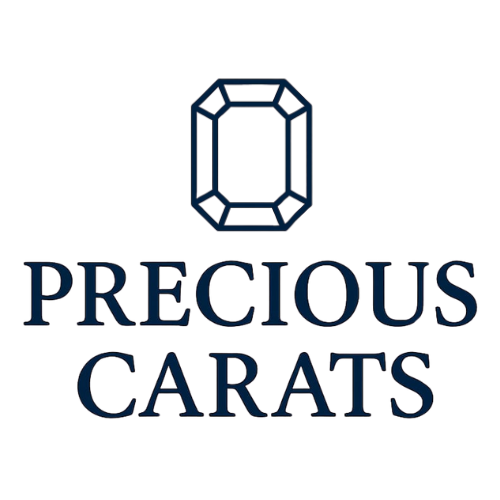Ceylon vs Bangkok Pukhraj: A Clear, Honest Comparison

Not all Yellow Sapphires are created equal.
The price, purity, and astrological effectiveness of Pukhraj can vary dramatically depending on its origin. Two stones may look similar to the untrained eye — but behave very differently once worn.
In this guide, we break down the core differences between Ceylon (Sri Lankan) and Bangkok (Thailand) Yellow Sapphires. This is not about judgment — but about clarity. You deserve to know what you’re buying, and why it matters.
1. Origin and Mining Practices
🔸 Ceylon (Sri Lanka):
Sri Lanka is one of the oldest and most respected sources of natural sapphires. Mining is often small-scale, family-run, and the focus is on untreated, naturally formed gems. Stones from Ceylon tend to be lighter in tone but more vibrant and clear.
🔸 Bangkok (Thailand):
Most Bangkok sapphires are not mined in Thailand. Bangkok is a *treatment hub*. Rough stones (often from Madagascar or African countries) are brought here to be heat-treated or chemically enhanced. They may look appealing — bright and flashy — but are often significantly altered.
2. Treatment and Certification
🔹 Ceylon Pukhraj: Usually untreated or only mildly heated (low-temperature heat). Certified by trusted labs like IGI, GTL, or IIGJ. These are accepted for Vedic astrology purposes.
🔹 Bangkok Pukhraj: Commonly beryllium-treated or heat-treated at high temperatures. This boosts colour and clarity but reduces energetic purity. Some are chemically diffused or glass-filled.
3. Colour, Clarity, and Visual Appeal
🔸 Ceylon: Light to medium golden yellow. Glow is soft, elegant, and often shows internal lustre. Clarity is typically high.
🔸 Bangkok: Bright yellow or almost orange. Flashy appearance but often lacks depth. Clarity may appear better, but that’s due to aggressive treatment.
4. Energy and Faith-Based Impact
If you’re buying a Yellow Sapphire for astrological purposes (Guru / Jupiter), the energy of the stone matters more than the look.
Ceylon Pukhraj, being untreated and energetically intact, is preferred by almost all reputed astrologers.
Bangkok Pukhraj, due to treatment, may look good but often lacks spiritual resonance.
5. Price and Long-Term Value
💰 Ceylon Pukhraj: Higher price per carat (₹3,000 to ₹2,00,000+ depending on quality). Long-term resale and trust value is stronger.
💰 Bangkok Pukhraj: Cheaper (₹1,000 to ₹10,000 per carat), but low resale value and often rejected by serious astrologers.
6. Final Guidance
If your intent is spiritual, emotional or astrological, choose a certified untreated Ceylon Pukhraj.
If your intent is aesthetic or budget-driven, Bangkok sapphires may seem attractive — but make sure you know the trade-offs.
Always ask for lab certification that clearly mentions origin and treatment status.
At PreciousCarats, we only list stones with full transparency — so your faith, money, and trust stay protected.
